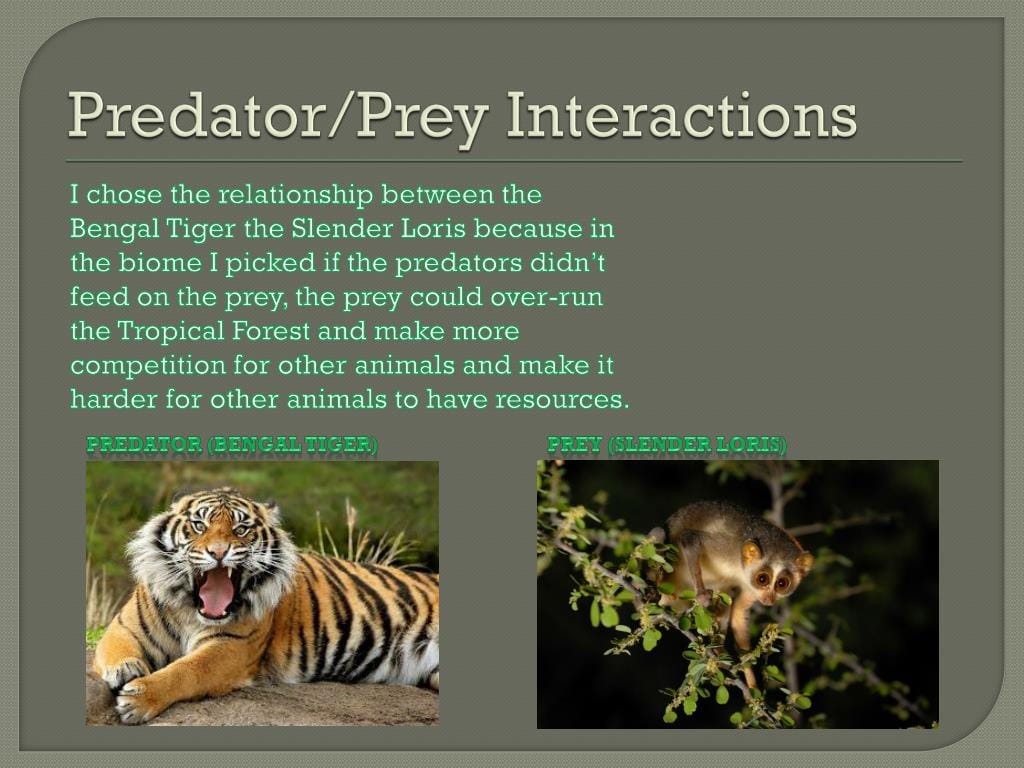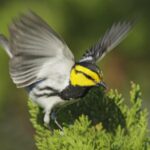The emerald canopy of the rainforest pulsates with life. High above, a harpy eagle, its gaze sharp as shards of glass, scans the tapestry of green. Below, a troop of howler monkeys swings through the branches, their raucous calls echoing through the humid air. This is a delicate dance of survival, where every rustle of leaves, every snap of a twig, can mean the difference between life and death. The rainforest is a stage for an eternal drama, where predator and prey are locked in a constant struggle, driving adaptation and shaping the very fabric of the ecosystem.
Rainforest Royalty: Apex Predators
At the peak of this intricate food web sit the apex predators, the undisputed rulers of the jungle. Imagine the jaguar, a phantom of the undergrowth, its rosetted coat blending seamlessly with the dappled sunlight. A master of stealth and ambush, it patiently stalks its prey, from capybaras venturing to the water’s edge to unsuspecting peccaries foraging for food. High above, the harpy eagle surveys its domain, its keen eyes scanning the canopy for movement. With a wingspan wider than a human’s height and talons as strong as steel, it’s a formidable hunter, capable of snatching monkeys and sloths from the trees. These magnificent creatures aren’t just hunters; they’re keystone species, playing a crucial role in maintaining the balance of the entire ecosystem. Their presence, or absence, can trigger a cascade of effects. Ongoing research suggests that removing apex predators can lead to prey overpopulation, causing imbalances that impact the entire rainforest.
Masters of Disguise: Prey Adaptations
But the prey aren’t helpless victims in this eternal game of cat and mouse. Over millennia, they’ve evolved an astonishing array of defenses. Camouflage allows insects to vanish against tree bark and sloths to blend in with the foliage. Some, like the poison dart frog, sport vibrant colors that warn of their toxicity. Others rely on speed and agility, darting through the undergrowth or swinging through the trees. The capybara, the world’s largest rodent, utilizes its semi-aquatic lifestyle, diving into rivers to evade jaguars and anacondas. Each adaptation demonstrates nature’s ingenuity and the relentless pressure of predation. Scientists are continually uncovering new insights into these survival strategies, revealing the complex interplay between hunter and hunted.
The Human Impact: A Looming Threat
This delicate balance is increasingly threatened by human activity. Deforestation fragments the rainforest, destroying habitats and disrupting ancient ecological relationships. Hunting depletes populations, removing key players from the food web. Climate change adds another layer of complexity, altering weather patterns and potentially devastating this delicate ecosystem. As habitats shrink and resources become scarce, competition intensifies, leaving prey more vulnerable and potentially leading to local extinctions. Research suggests that biodiversity loss due to human activities is occurring at an alarming rate, with estimates of up to 50,000 species disappearing annually. The long-term consequences are still being studied, but the possibility of widespread ecosystem collapse is a growing concern.
A Closer Look: Predator-Prey Relationships
| Predator | Prey | Predator Adaptations | Prey Adaptations |
|---|---|---|---|
| Jaguar | Capybara, Peccary, Deer | Camouflage, powerful bite, sharp claws, ambush hunting | Large size (Capybara), herding behavior (Peccary, Deer), speed, agility |
| Harpy Eagle | Monkeys, Sloths, Birds | Exceptional eyesight, powerful talons, large wingspan | Arboreal agility (Monkeys), camouflage, slow movement (Sloth), flight |
| Anaconda | Capybara, Caiman, Fish, Birds | Constriction, aquatic agility, camouflage | Semi-aquatic lifestyle, armored skin (Caiman), flight |
| Boa Constrictor | Rodents, Birds, Lizards | Constriction, camouflage, ambush hunting | Burrowing, flight, camouflage |
| Ocelot | Rodents, Birds, Reptiles, Insects | Nocturnal hunting, sharp claws, climbing ability | Camouflage, nocturnal behavior, flight, burrowing |
| Fer-de-lance (Viper) | Rodents, Frogs, Lizards | Venomous fangs, heat-sensing pits | Camouflage, warning coloration, speed |
The Anaconda and the Capybara: A Silent Struggle
Imagine a capybara, the world’s largest rodent, relaxing by a tranquil Amazonian river. It may seem safe, but danger lurks beneath the surface. The anaconda, a master of camouflage and constriction, lies in wait. In a flash, the anaconda strikes, its powerful body coiling around the capybara. This dramatic encounter illustrates the often unseen battles for survival. This specific predator-prey relationship maintains a healthy balance in the aquatic ecosystem. Too many capybaras could overgraze vegetation. Too many anacondas could decimate the capybara population. It’s a delicate balancing act.
The Jaguar and the Sloth: Stealth vs. Slowness
High in the rainforest canopy, another drama unfolds. The jaguar, a powerful and agile predator, stalks the slow-moving sloth. While seemingly easy prey, the sloth’s camouflage and slow metabolism make it surprisingly difficult to detect amongst the foliage. This dynamic showcases the constant adaptation in the rainforest. Jaguars have developed exceptional agility to navigate the canopy, while sloths rely on camouflage. It’s an evolutionary arms race.
The Hunters of the Rainforest: A Diverse Cast
The rainforest’s carnivores are a diverse group, from apex predators to specialized hunters. Each plays a vital role, and their interactions form a complex web of life.
Apex Predators: Reigning Supreme
Jaguars, harpy eagles, and green anacondas sit atop the food chain. Jaguars, opportunistic hunters, prey on various animals. Harpy eagles, with powerful talons, snatch arboreal creatures from the trees. Green anacondas, masters of camouflage, ambush prey in the water.
The Supporting Cast
Smaller carnivores like ocelots and tayras are essential links in the food web. Ocelots hunt smaller mammals, reptiles, and birds. Tayras, opportunistic omnivores, consume both meat and fruit. Specialized carnivores further enrich the rainforest’s tapestry of life. Venomous snakes target specific prey with tailored toxins. Birds of prey exhibit a diverse range of specializations, from snake-hunting falcons to insect-eating owls.
Guardians of the Rainforest: Why Predator-Prey Relationships Matter
Predator-prey interactions aren’t just isolated events. They shape the rainforest’s health and stability. They influence population sizes, regulate plant growth, and even contribute to nutrient cycling. Imagine the consequences if jaguars disappeared. Their prey might overgraze, damaging the forest structure. It’s a ripple effect that highlights the interconnectedness of the ecosystem.
Protecting Our Rainforests: A Shared Responsibility
Protecting the rainforest isn’t just about saving individual species; it’s about preserving the intricate predator-prey dynamics that drive its biodiversity and maintain its overall health. Wrap yourself in the beauty and purpose of a sarape blanket, a symbol of vibrant cultural traditions, and let it remind you of the rich tapestry of life we strive to protect. The battle for survival continues, but now, more than ever, it’s a battle we must join. The future of the rainforest, and perhaps our own, depends on our understanding and action. Ongoing research is crucial for developing effective conservation strategies.









